.png)
Hotel Kaneyamaen
Other Onsens in Yamanashi
Yamanashi
Gardens and Impressive Accommadation
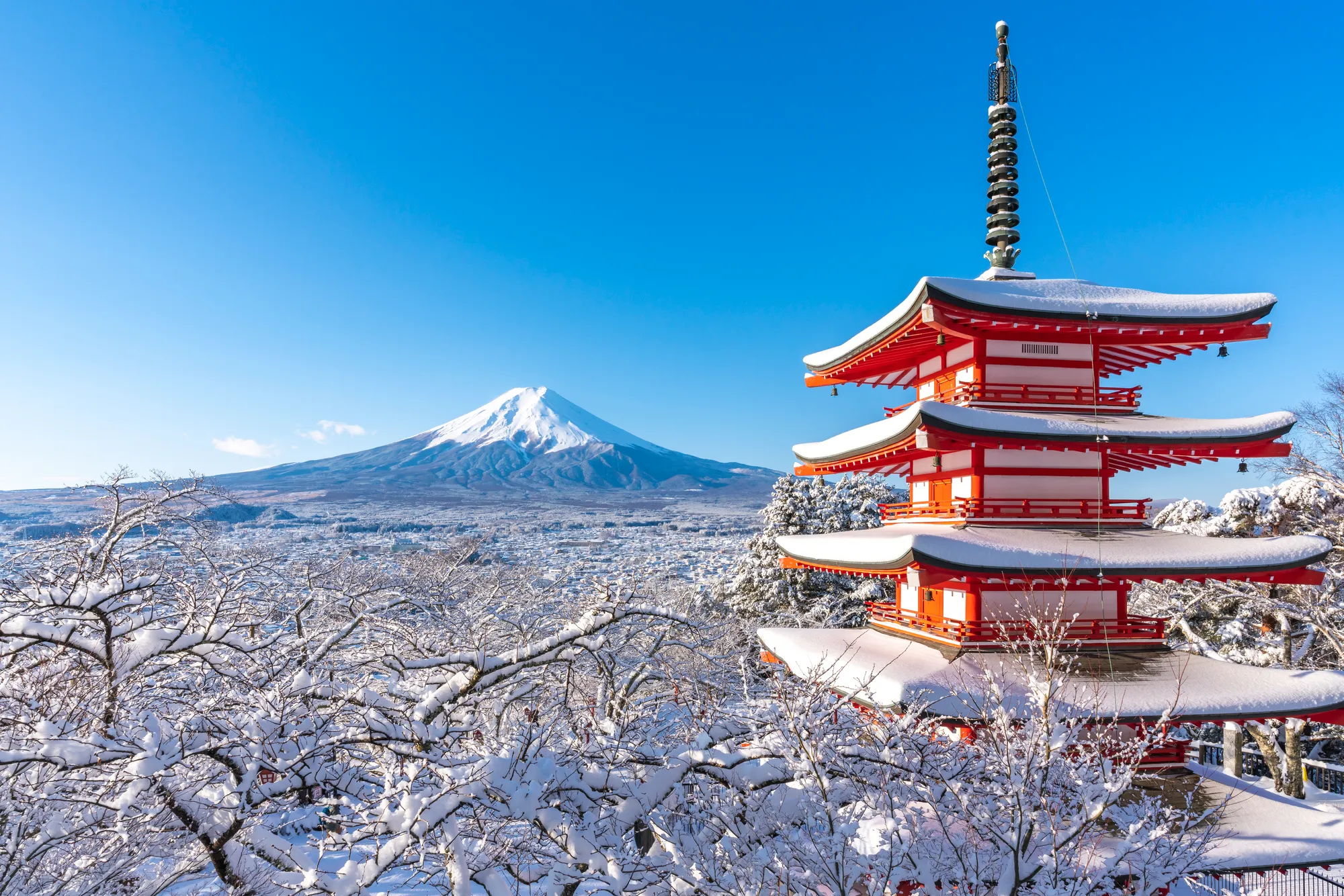

Yamanashi Prefecture is located in the central region of Japan and is rich in natural beauty and historical tourist destinations.
Mt. Fuji is a symbol of this, and there are many beautiful landscapes and hot spring resorts. In addition, a variety of agricultural products nurtured by the abundant water and blessings of the sun, as well as excellent prefectural products such as wine, jewelry, and silk fabrics, are recognized as "Yamanashi Brands" both in Japan and abroad.
You can learn about Yamanashi from various angles at the Prefectural Museum of Literature, which introduces writers and literati related to Yamanashi, and the Prefectural Museum, which conveys the history and culture of Yamanashi.
.webp)
In terms of history, there are many heritage sites and shrines and temples from the Warring States period of Kai, making it an attractive area where tradition and modernity are in harmony.
Kofu City is home to Kofu Castle, which was built by order of Toyotomi Hideyoshi, who achieved the unification of Japan. At Kofu Castle, if you make a reservation in advance, you can listen to the explanation of the castle from the guide.
Access from Tokyo is highly convenient from the Tokyo area, such as connecting Shinjuku ~ Kofu in 90 minutes by the limited express of the JR Chuo Line.
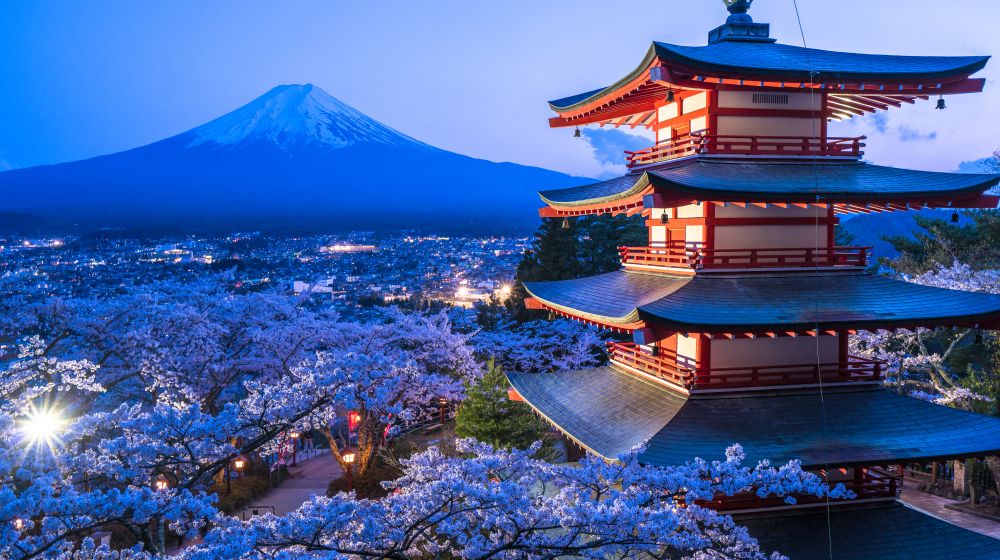
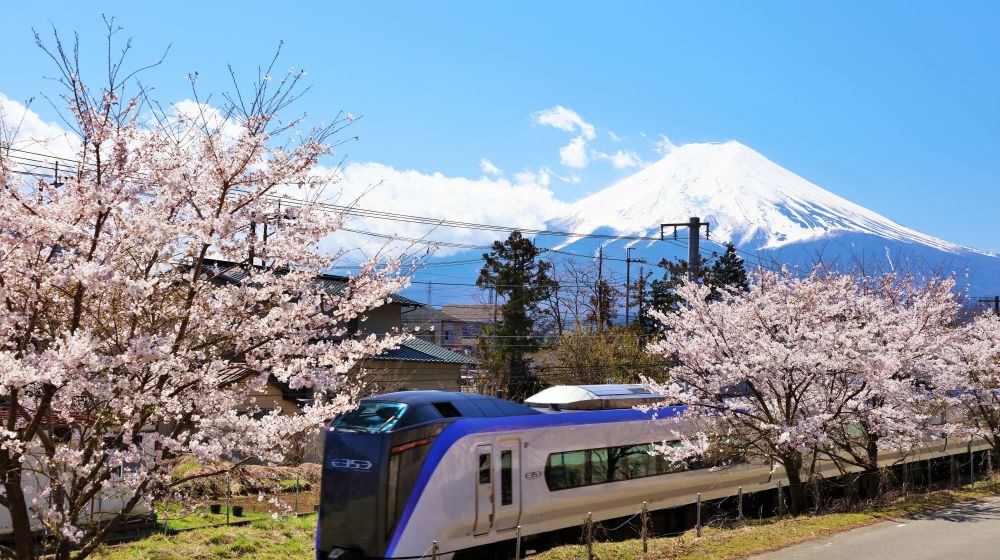
Here are the main ways to get to Yamanashi Prefecture.
From Shinjuku Station, you can take the Chuo Limited Express or Chuo Rapid train directly to Kofu Station. There is also a highway bus service, so it is a good idea to decide the area you want to use and choose the best method.
<Train>
Tokyo Station → Shinjuku Station → Kofu Station ( JR Chuo Main Line Kaiji about 1 hours 50 minutes)
<Train and Bus>
Tokyo Station → Shinjuku Station ( JR Chuo Line about 15 minutes)→ Kofu Station (Highway Bus about 2 hours )
Nagoya Station → Shizuoka Station (Tokaido Shinkansen about 1 hours ) → Kofu Station (JR Tokaido Main Line about 2 hours 20 minutes)
Shin-Osaka Station → Shizuoka Station (Tokaido Shinkansen about 1 hours 50 minutes )→ Kofu Station (JR Tokaido Main Line about 2 hours 21 minutes)
Kyoto Station → Shizuoka Station (Tokaido Shinkansen about 1 hours 29 minutes) → Kofu Station (JR Tokaido Main Line about 2 hours 21 minutes)
The existence of hot springs in Yamanashi Prefecture has been confirmed for about 1300 years. Hot springs have many positive effects, such as recovering from physical ailments and warming the body from the core. It is also said that one of the famous warlords in Japan, Shingen Takeda, used to heal his battle wounds in the hot springs here in Yamanashi.
In addition, hot springs in Japan generally refer to warm water that springs up from the ground. Therefore, the hot spring components differ depending on the area.
Among them, Yamanashi Prefecture has a unique geological structure in the world, where four plates overlap.
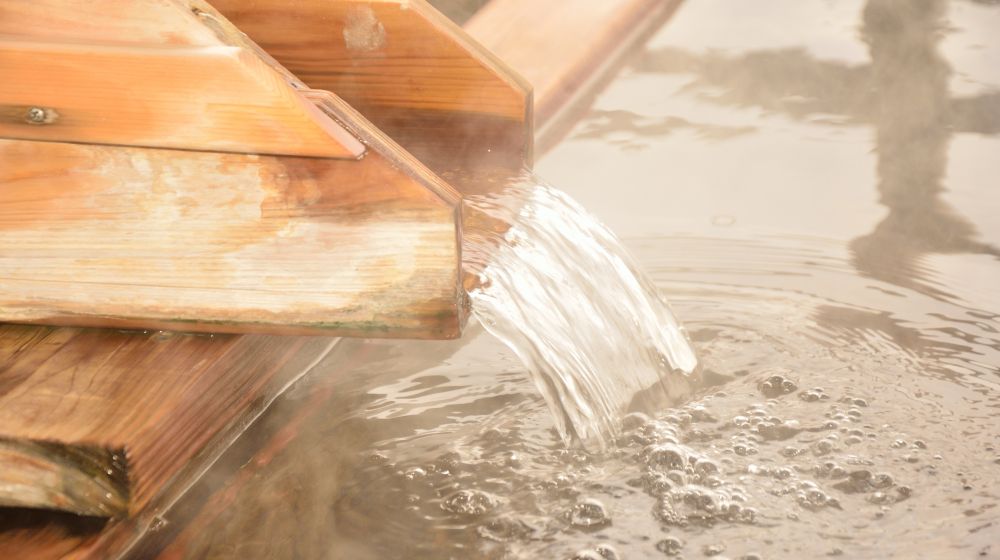
It is thought that major faults such as Fossa Magna and the Central Tectonic Line create the unique topography and mountains of Yamanashi and nurture the diverse quality of the hot springs.
Enjoying the different quality of the springs in the area you visit is the way to enjoy Japan, which is a hot spring powerhouse.

Lake Kawaguchi is one of the five lakes at the foot of Mt. Fuji. There is a <Kawaguchiko Onsen> on the shore of the lake. The history of Kawaguchiko Onsen dates back to the 1990s. It has been developed as a tourist destination around Mt. Fuji. You can also enjoy a variety of activities at Lake Kawaguchi, and there are tourist facilities nearby, so you can enjoy the whole day around Lake Kawaguchi.
In addition, there are many inns and hotels in the vicinity, and the guest rooms and open-air baths with a view of Mt. Fuji, which each accommodation is proud of, is one of the biggest attractions of staying at Lake Kawaguchi.
Some ryokan also have rooms with open-air baths, so you can spend your private life carefully.
The quality of the springs at Lake Kawaguchi is chloride springs and sulfate springs. As for the efficacy, it can be expected to have a good effect on cuts, sensitivity to cold, obesity, etc.
.webp)
Access to Kawaguchiko Onsen is about a 5-minute taxi ride from Kawaguchiko Station.
The area around Lake Kawaguchi is located at an altitude of about 830 m. Therefore, compared to Tokyo, the average temperature throughout the year is 5 to 6 degrees lower, so be prepared for the cold when visiting.
Lake Kawaguchi is a relatively easy place to visit even if you are visiting Japan for the first time. The official website is available in five languages: Japanese, English, Korean, and Chinese (traditional and simplified), and is a popular spot for tourists visiting from overseas, so there is a lot of information for foreigners on the Internet and SNS.
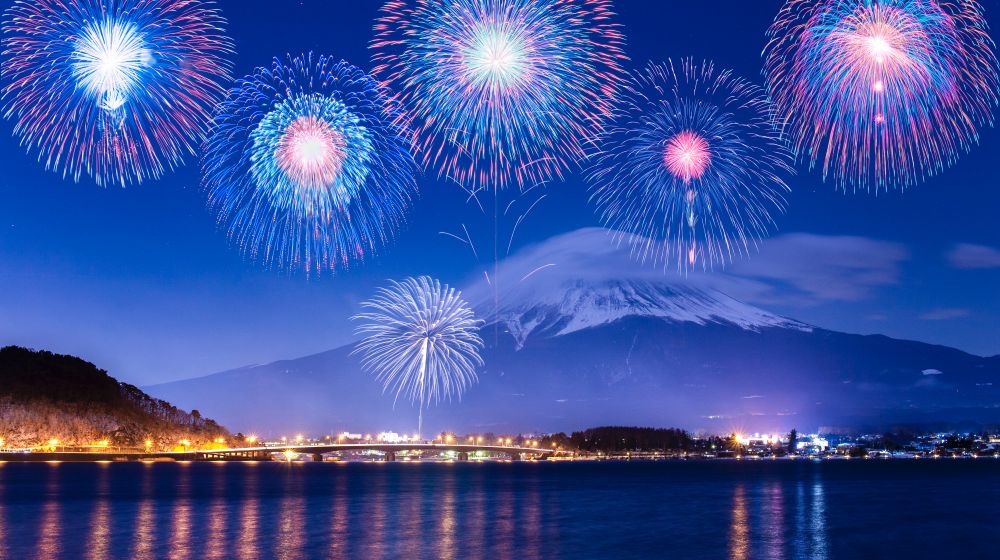
Lake Kawaguchi holds Lake Kawaguchi Winter Fireworks, which is rare in winter.
The fireworks floating in the clear night sky are vivid. It is usually held on Saturdays and Sundays in January ~ February, but please check the official tourism website for details.
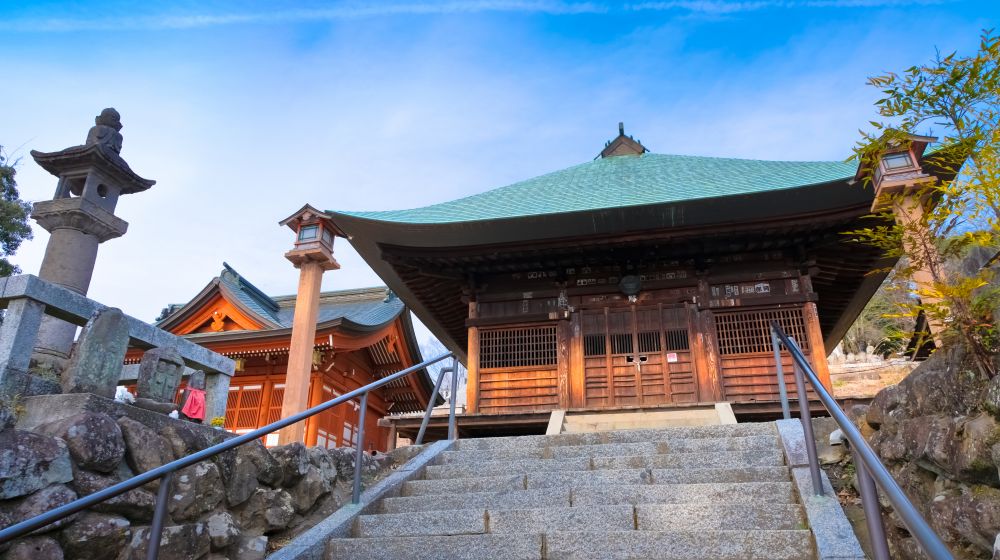
Yumura Onsen, located in Kofu City, the capital of Yamanashi Prefecture, is about an hour and a half away from Kofu Station by express train from Tokyo. It is about 10 minutes by bus from Kofu Station.
Yumura Onsen has a long history, and it is said that it was opened about 1200 years ago. There are several legends about the origin of the opening of the hot spring, but there is no doubt that many people have been healed during this long history.
In Yumura Onsen Town, you can visit many historical sites and landmarks. If you go around these, you can feel that this area has walked through the ages along with the hot springs.
It will be an interesting experience not only to take a dip in the hot springs, but also to trace their history.
Osamu Dazai, one of Japan's leading novelists, visited this hot spring resort to write. In addition, there is also a ryokan that has recently become a venue for shogi and Go title matches, and is loved by many cultural figures from ancient times to the present day.

There are various types of hot spring inns in Yumura Onsen. If you are not comfortable sleeping on a futon or a ryokan with a private bath, there is a hotel type where you can enjoy the hot springs, and if you are worried about eating at the Japanese ryokan, there are also hotels with a buffet restaurant, so please visit [Yumura Onsen] with confidence.
The quality of the springs in Okuyumura Onsen is sodium, calcium, and chloride. It is mellow to the touch and has a reputation for not cooling down easily after a bath. It is anticipated that the hot springs have a delightful effect on women's skin, leaving it smooth and silky.

Nishiyama Onsen is located in Hayakawa Town, a town rich in nature surrounded by the The Southern Japanese Alps. The Hayakawa River, which is the origin of the town's name, flows through it, and the natural beauty of large and small waterfalls and valleys is stunning.
If you look at the Hayakawa Town tourism website, you will see that "The moment when the people of Hayakawa Town feel 'I'm glad to live in Hayakawa Town' that they feel every day while living in Hayakawa Town is positioned as 'Hayakawa Meiri' and I would like to share that excitement with visitors."
It's a place that makes you forget when you're busy with your daily life, and it reminds you of the relationship between nature and people.
By slowly experiencing the lives of the townspeople, you may be able to feel what it means to live carefully.
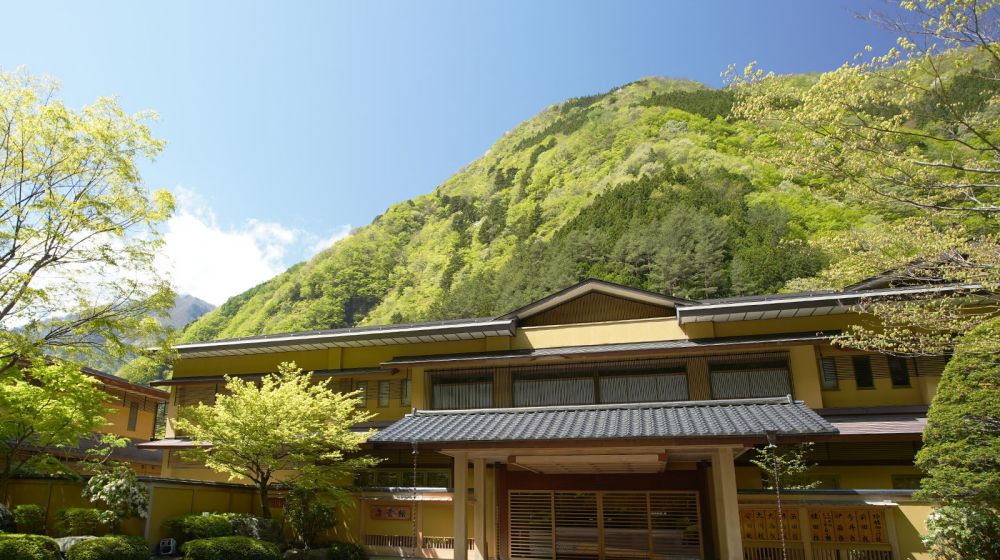
There are many good hot spring inns in Nishiyama Onsen as well. However, here we have one recommended accommodation for you. This is because the "oldest accommodation in the world" is located here in Nishiyama Onsen, and its name is [Keiunkan]. It originated in 705 AD and has a history of more than 1300 years. In 2011, it was recognized by Guinness World Records as the "oldest accommodation in the world".
The hot spring, which has never dried up since its opening, is used not only for hot spring use, but also for showers, water from faucets in rooms, and even drinking water. The source of the water is about 52 degrees Celsius, so the heat warms the building through the pipes.
In this land where there are many blessings rich in nature,we would be delighted if you could experience Japanese hospitality.
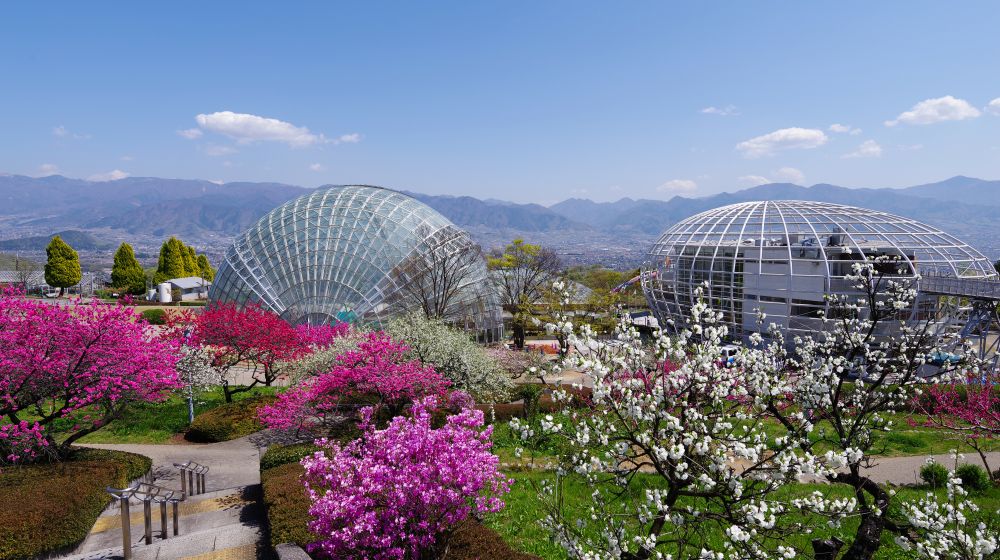
It takes about one and a half hours from Shinjuku Station on the JR Chuo Line to Isawa Onsen Station, and Isawa Onsen is located in Isawa Town, Fuefuki City, Yamanashi Prefecture.
There are many fruit farms in the surrounding area, where you can experience peach grape picking and go to a winery to buy wine.
Depending on the inn, geisha will perform songs and dances such as local folk songs using traditional musical instruments of Japan.
At Isawa Gensen Footbath Hiroba, there are foot baths and hand baths, so it is good to take a short break here.
Isawa Onsen was born in January 1961. It all started when hot water gushed out of the Isawa vineyard and flowed out into a nearby river. Since then, it has continued to develop as a hot spring tourist destination, and today it is the largest hot spring resort in Yamanashi Prefecture.
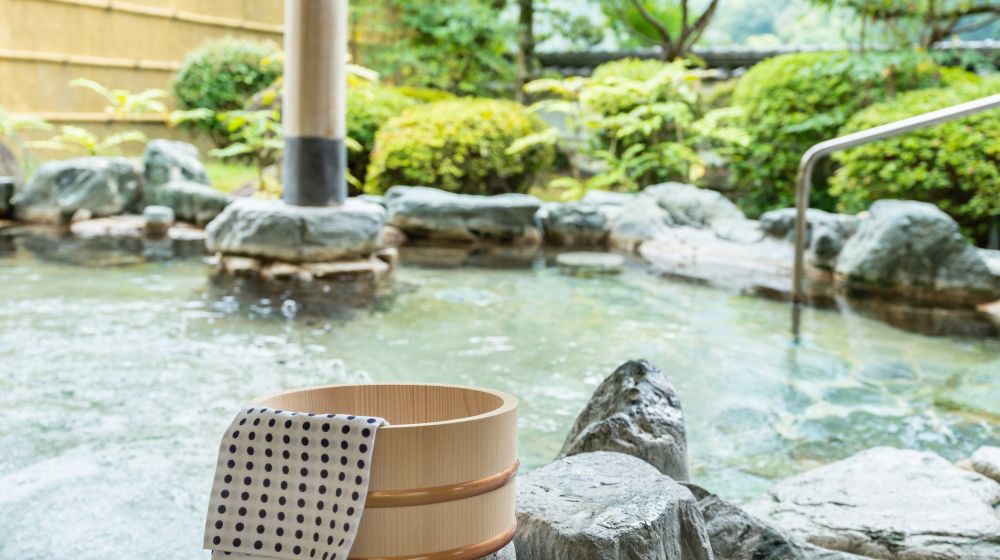
There are a variety of hotels in Isawa Onsen, from old-fashioned inns to large hotels with swimming pools. There are also rooms with luxurious open-air baths and ryokan with a variety of hot springs, so it is fun to choose.
There are also many hot spring inns that can be used for day trips, so it is recommended to use them.
The main quality of Isawa Onsen is the alkaline simple hot spring. It is expected to be effective for neuralgia, rheumatism, headaches, stiff shoulders, fatigue recovery, gastrointestinal diseases, skin diseases, etc.
When staying at an inn, I think food is also an important factor. There is also a facility where you can enjoy precious Koshu beef for dinner at the ryokan.
Yamanashi brand Koshu beef is Wagyu beef that has been carefully raised in the rich nature of Yamanashi. It is characterized by its tender flesh and rich flavor.

This area, which has facilities such as Sarubashi and maglev observation facilities, is easily accessible from the city center and is not overly crowded, making it a comfortable place to spend time.
There are many cottages and campgrounds, so it is a highly recommended area for those who want to enjoy the great nature of Yamanashi.
It is said that Matsuo Basho, a poet who has created many haiku poems, was moved by the beauty of the moon reflected in a pond that used to be around here.
The quality of the spring is sulfur spring. It has a unique aroma. You will feel like you are enjoying the hot springs with your five senses. It is expected that inhaling this steam through the mouth will improve the sputum break.
For those who don't like hot springs, there are also lukewarm hot spring facilities.
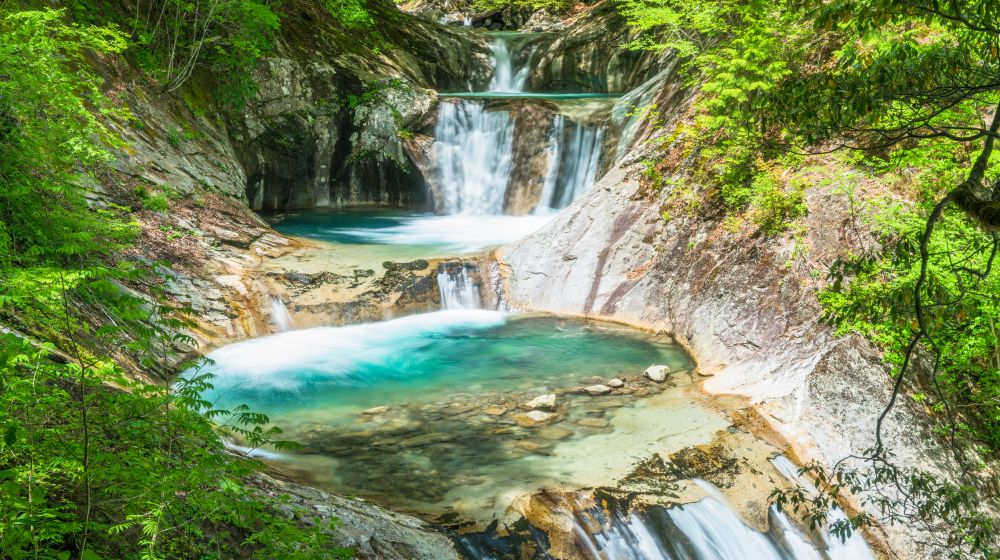
In this area, there is a golf course where you can play while feeling the nature of the Southern Japanese Alps, and a golf course named "Hakushu"
The famous whisky distillery, natural water gushing out of mountains such as Kaikomagatake, Yatsugatake, and Mt. Kinho, as well as spectacular views related to water, and shaved ice are attractive.
Surrounded by magnificent mountains, this area is at an altitude of 1000 meters and the view from the open-air bath is superb.
Each hot spring facility in this area has its own characteristics, and you will want to visit again and again for the hot springs.
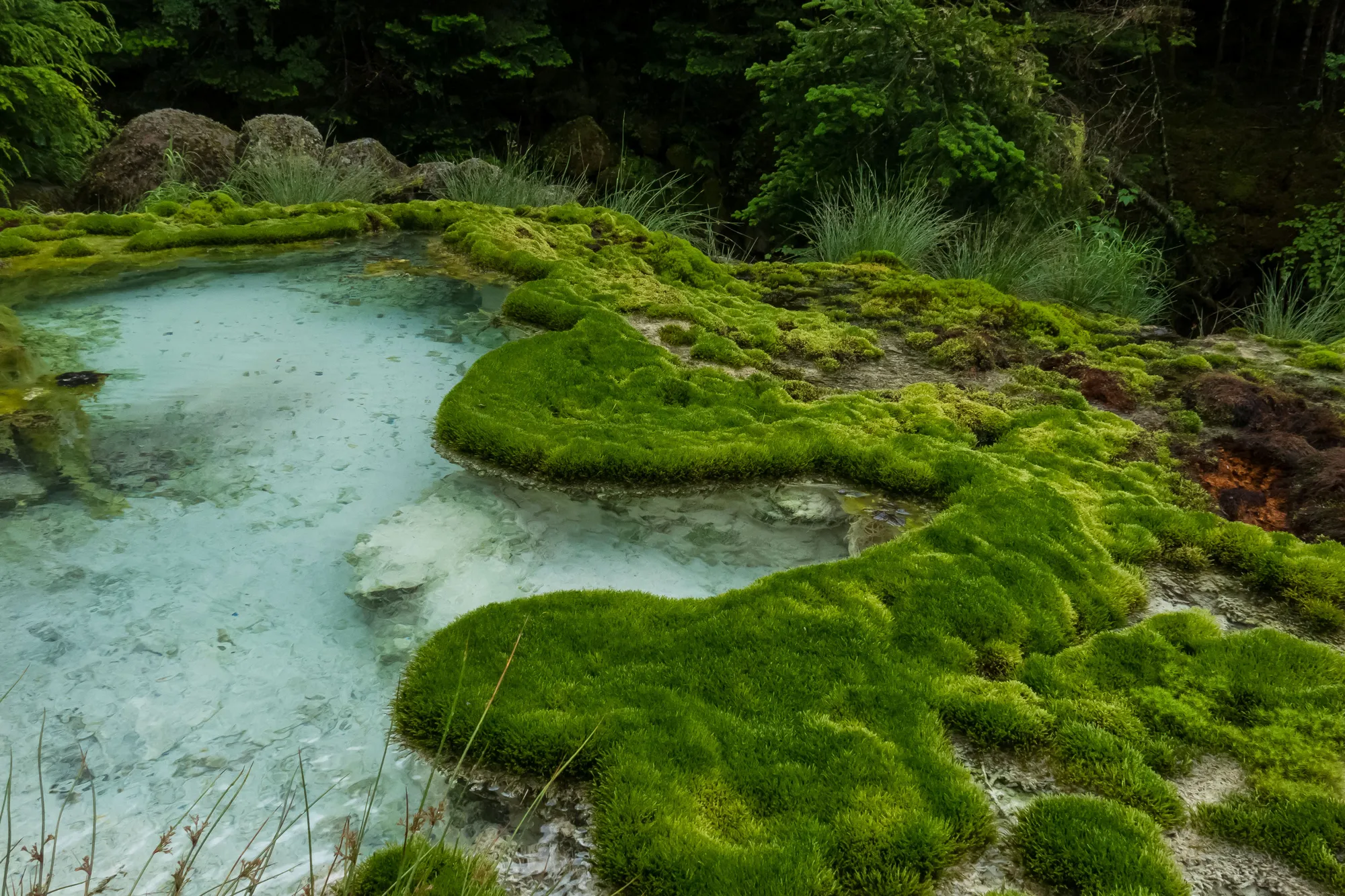
There are also a number of tattoo-friendly hot spring facilities.
"Life-prolonging hot spring" boasts a hot spring that contains a high concentration of minerals, raising the deep temperature of the body and relaxing both physically and mentally.
There is also a day-trip bathing facility with pool facilities.
Characterized by its emerald-colored hot springs, Nirasaki Asahi Onsen is expected to have the effect of expanding capillaries and improving blood circulation and metabolism by absorbing the bubbles of carbonated springs into the body.
.png)
Other Onsens in Yamanashi
Yamanashi
Gardens and Impressive Accommadation
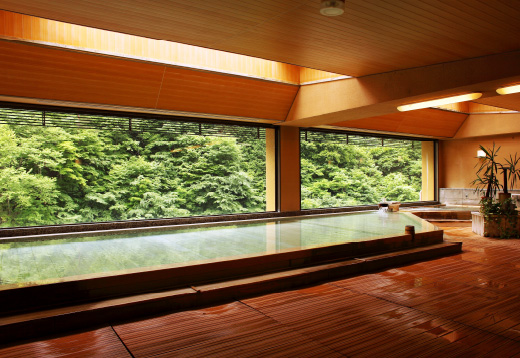
Other Onsens in Yamanashi
Yamanashi
All rooms and the entire facility feature free-flowing hot spring water, certified by Guinness as the world's oldest.